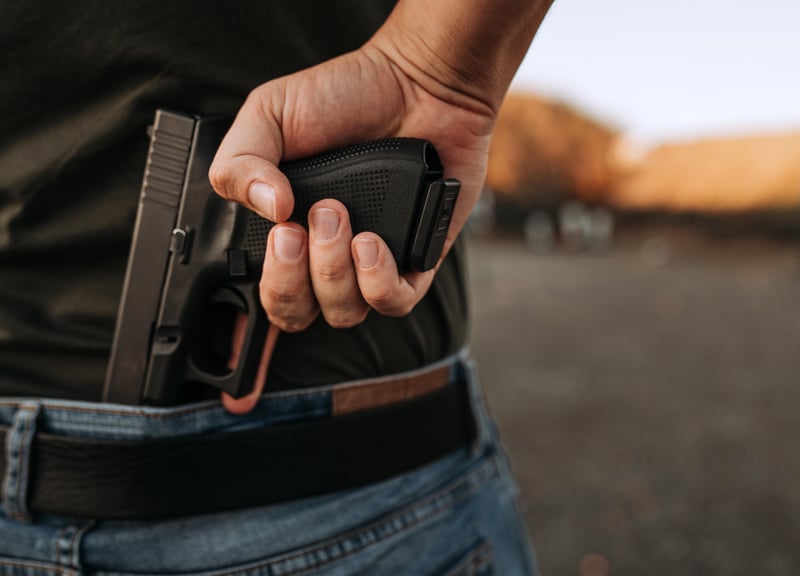Due to a recent change of our website, the process for submitting refill requests online has now changed.
Please click on “Sign Up Today!†to create a new account, and be sure to download our NEW Mobile app!
Thank you for your patience during this transition
Get Healthy!

- Dennis Thompson
- Posted December 22, 2022
In Some U.S. Urban Areas, Men Face Higher Gun Death Rate Than in Wartime
In some parts of the United States, young men face a higher risk of dying from gun violence than if they'd gone to war in Afghanistan and Iraq, a new study reports.
Young men living in certain high-violence ZIP codes in Chicago and Philadelphia run a greater risk of firearm death than military personnel who served in recent U.S. wars, according to findings published online Dec. 22 in JAMA Network Open.
Young men in Chicago's most violent ZIP code were more than three times as likely to experience gun-related death compared to soldiers sent to Afghanistan, the researchers found, while those in Philadelphia's most violent area were nearly twice as likely to be shot to death.
In all ZIP codes studied, young men from minority groups overwhelmingly bear the risk of firearm-related death, the findings showed.
"These results are an urgent wake-up call for understanding, appreciating and responding to the risks and attendant traumas faced by this demographic of young men,"said study leader Brandon del Pozo, an assistant professor of medicine at Brown University's Warren Alpert Medical School in Providence, R.I.
His team examined shooting data from 2020 and 2021 in four large U.S. cities -- Chicago, Los Angeles, New York and Philadelphia.
The investigators zeroed in on shootings involving nearly 130,000 men between 18 and 29 years of age. They grouped them by ZIP code so U.S. Census data could be used to examine demographics in those neighborhoods.
The researchers also compared the cities' gun violence data with combat-related deaths in Iraq and Afghanistan -- from 2001 to 2014 for Afghanistan and 2003 to 2009 in Iraq.
While young men in Chicago and Philadelphia had a much greater risk of firearm death, those in the most violent parts of Los Angeles and New York had a 70% to 91% lower risk than U.S. soldiers in Afghanistan, the researchers said.
"We often hear opposing claims about gun violence that fall along partisan lines: One is that big cities are war zones that require a severe crackdown on crime, and the other is that our fears about homicides are greatly exaggerated and don't require drastic action,"del Pozo said in a university news release.
"We wanted to use data to explore these claims -- and it turns out both are wrong,"he continued. "While most city residents are relatively safe from gun violence, the risks are more severe than war for some demographics."
Black and Hispanic men represented 96% of those who were fatally shot, and 97% of those injured in a shooting, according to the report.
The study authors noted that exposure to combat has been associated with post-traumatic stress disorder and higher rates of homelessness, alcohol use, mental illness and substance use.
"Our findings -- which show that young men in some of the communities we studied were subject to annual firearm homicide and violent injury rates in excess of 3.0% and as high as 5.8% -- lend support to the hypothesis that beyond the deaths and injuries of firearm violence, ongoing exposure to these violent events and their risks are a significant contributor to other health problems and risk behaviors in many U.S. communities,"the research team concluded.
The health risks are likely even higher for city dwellers because they have a lifetime "tour of duty,"as opposed to a typical year-long posting to a war zone, del Pozo added.
"The findings suggest that urban health strategies should prioritize violence reduction and take a trauma-informed approach to addressing the health needs of these communities,"he said.
More information
The U.S. Centers for Disease Control and Prevention has more about firearm violence prevention.
SOURCE: Brown University, news release, Dec. 22, 2022
